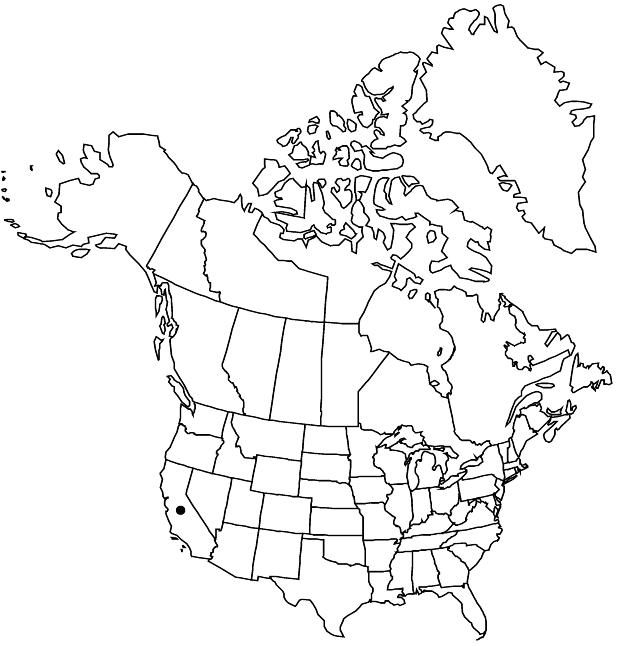Arctostaphylos pallida
Leafl. W. Bot. 1: 76. 1933 ,.
Shrubs, erect, 2–4 m; burl absent; twigs hairy. Leaves: petiole to 2 mm, (hairy); blade glaucous-green, dull, ovate or oblong-ovate, 2.5–4.5 × 2–3 cm, base auriculate-clasping, margins entire, plane, surfaces smooth, glabrous. Inflorescences panicles, 3–5-branched; immature inflorescence pendent, (branches compact, framed by bracts), axis 0.5–1 cm, 1+ mm diam., short-hairy to hispid-hairy, usually eglandular; bracts not appressed, leaflike, widely lanceolate, 5–9 mm, apex acute, surfaces finely glandular-hairy. Pedicels 8–12 mm, finely glandular-hairy. Flowers: corolla white, conic to urceolate; ovary finely glandular-hairy. Fruits depressed-globose, 8–10 mm diam., glandular-hairy, (viscid). Stones distinct. 2n = 26.
Phenology: Flowering winter–early spring.
Habitat: Maritime chaparral, gaps in open forests
Elevation: 200-400 m
Discussion
Of conservation concern.
Arctostaphylos pallida is found on shale barrens in the East Bay Hills, western Contra Costa County, overlooking San Francisco Bay.
Selected References
None.
Lower Taxa
"entire" is not a number.
